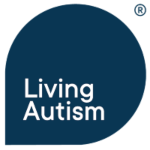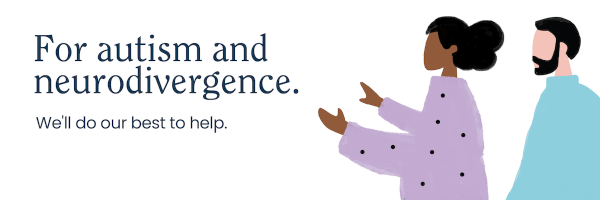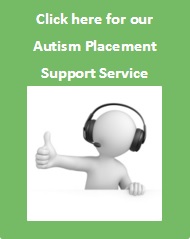
Autism Friendly Digital World – The power of internet for information sharing and social media is both well-known and well established. However, less talked about is its ability to open up the world to those who are diagnosed with Autism Spectrum Disorder or ASD. With nearly 1% of the global population on the spectrum and most comfortable learning, interacting and gaming online, this demographic is quite large and increasing every year, making it a key focus area for User Experience (UX) on websites.
There are a variety of steps that online content generators and service providers can take to ensure their websites form part of a digital world that is Autism Friendly.
Autism Friendly Website Design
As Digital World evolves, presentation is becoming more and more important for website design, but even more so when visual cues from the text are less effective than for other users, as it is often the case for ASD users. Furthermore, website design should use soft, mild colors and contrast clearly between the font of any text and the background to ensure a clear message, team at the Webs Union understands the importance of design and ensures that their client web pages are more Autism Friendly because they know that those of such spectrum have difficulty interacting with text-heavy or cluttered web pages, so clearly delineated text areas, simple page design and clear images go a long way. Pop up elements and complicated image overlays are best avoided, while simple navigation and clear page identifiers will help the user feel more comfortable and in control of their web experience. Similarly, having to scroll horizontally to view the entire content can be unpleasant for some users.
To ensure maximum user uptake, web pages should also provide navigation via both the mouse and the keyboard, while clearly highlighting progress bars for time-consuming actions such as filling out application forms or responding to surveys. For online search engines, an image focused design, allowing the user to filter through pictures rather than hyperlinks, as Google Chrome does, is best.
Personalization for an Accessible Webspace
Autism Spectrum Disorder (ADS), as you can imagine, affects individuals to varying degrees. As such, a fully personalizable page will both add flexibility for a large variety of visitors while giving the individual the capacity to tune their browsing experience and feel more comfortable on the page. This is especially powerful as it allows users to adjust how they receive a website’s message or information, based on their own tolerances for things like image brightness, background colors, and text density. To cater for varying needs, you should offer personalization of key areas such as page font (both type and size), line-spacing (to clarify text presentation according to the user’s wishes), and options for both text background and foreground colors. Furthermore, it is a good idea to limit image-only icons so that users have both text and pictorial references and have these customizable to suit the user’s tolerances as well.
Online Safety and Security
Those with Autism can feel far more at ease interacting with the world online. The options of communicating at a distance, using simple emoticons to convey emotion and the space for repetition offered by online and distance learning, as well as the time study the text of any messages sent to them can take the intimidation some feel in face to face contact out of the equation. With that said, vulnerable users could be susceptible to risks online, ranging from cyberbullying to coercion and manipulation.

There are ways to guard against these risks without losing out on the liberty of online communication and browsing platforms. These include parental control settings to avoid certain sites, honest and clear discussions about what it is ok to search for and what to do if they are contacted by people they do not know. A useful rule is to have them contact you if they are emailed anything with an attachment in it or if they are receiving messages or view anything else that upsets them. To aid in this, a list of trusted adults should be established with them beforehand. For those on the spectrum that do not require parental or guardian consent, trusted friends/family members are still a key part of the equation.
Bringing it All Together
Autism affects a relatively large section of the population and to varying degrees. There is no doubt that it can go hand-in-hand with a wide range of wonderful and rich life experiences. It simply means that information, social interactions (everything from casual conversations to job or college interviews) and humor may be processed differently. A huge benefit to those on the spectrum is the removed and malleable nature of the online and digital world, enabling them to tailor their learning experience, socializing or entertainment to their own specific needs. To help with this, website designers, content writers and family and friends can form the best team to ensure the message is clear, the online space is their own and the experience from start to finish is safe.



